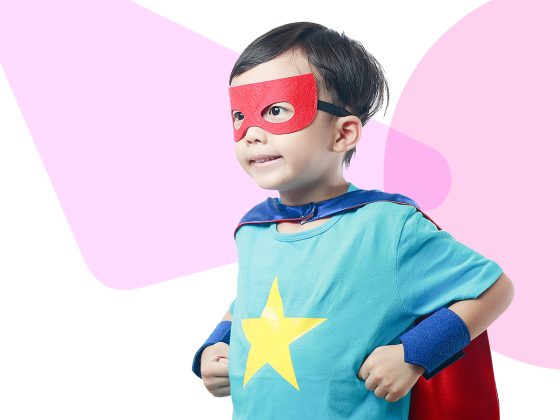
When Children Play “Bad Guys”
Play can help children process frightening news.
After children see or hear of something disturbing, it’s normal and healthy for them to act out again and again what happened as they play. It might be scary to see children act out a violent event, but children use play to work through things that interest, puzzle, or worry them. It’s part of the natural process of figuring it out.
Adults often talk about tough situations in order to understand them; children do so by playing. You may notice children playing “superheroes and villains “(or “good guys and bad guys”) as they build their understanding of the way people act and ideas of right and wrong. This is a chance for you to step in and help them feel safer and more in control.
There are a few ways you might use children’s play to help them work through difficult events.
- Redirect. For instance, if children are acting out a story in which a teddy bear hides on a shelf because “bad guys” are below, you might point out that the “bad guys” have a rare sickness that makes them do terrible things. (Children are likely to think of “good guys” and ‘bad guys,” and develop fears that “bad guys” are coming to get them. Instead, try to say “bad things”, “bad choices,” or “bad behavior.”) Reassure them that the bear is safe now and then offer positive suggestions (“Maybe the rescue workers can use a ladder to get the baby bear.”).
- Look for the Helpers. Remind children that there are more people doing good things than there are doing bad things. In every bad situation, there are helpers trying to take care of and protect others. Suggest adding new characters to their made-up scenarios (“The baby bear is hiding in the tree. Who wants to play the neighbor bringing a ladder to help him down?)”
- Recognize and Label Feelings. To label emotions and build empathy, talk about about how a character is feeling (“The baby bear must feel terrified, hiding alone in the tree. What is he scared of? What is he thinking about?”).
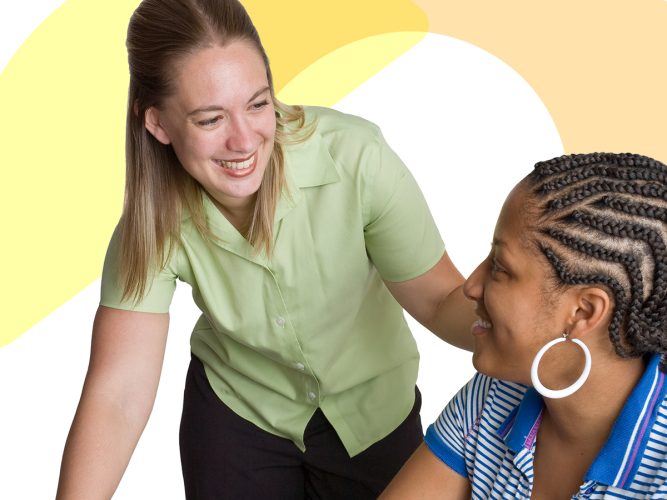
Using These Resources: Violence
Article about the Sesame Street Community & Gun Violence initiative.
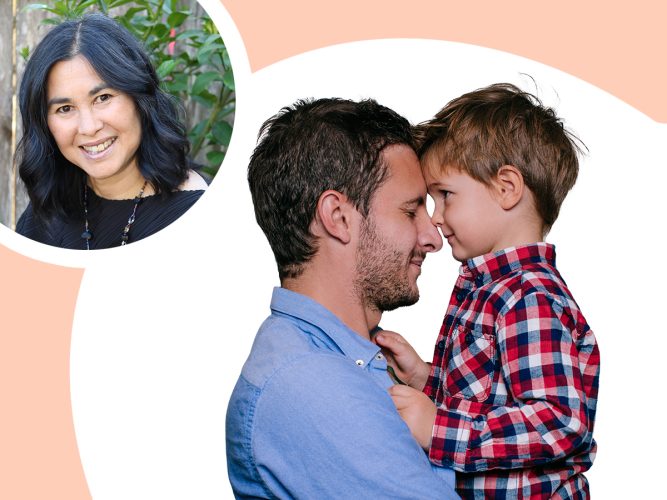
Trauma and the Body
An article on the effects of violence on children.
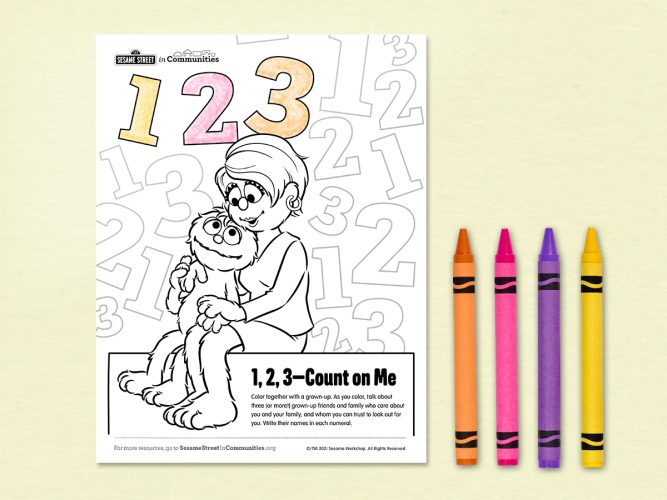
1, 2, 3, Color Me
Sitting quietly and coloring together is a stress-reliever for adults and children alike.
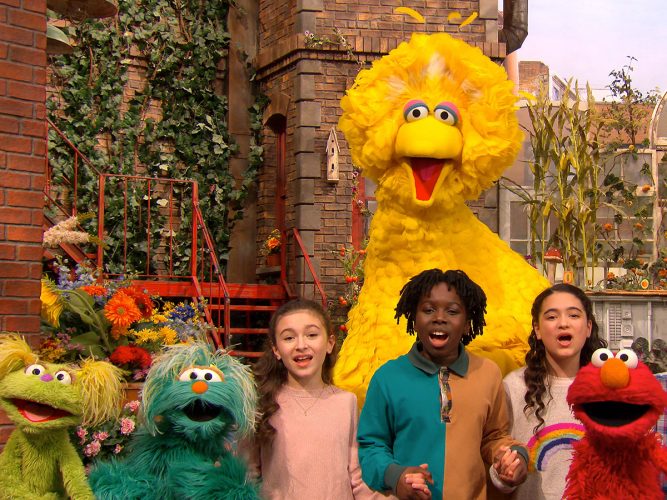
We’re Not Alone
A music video on the power of community connections.
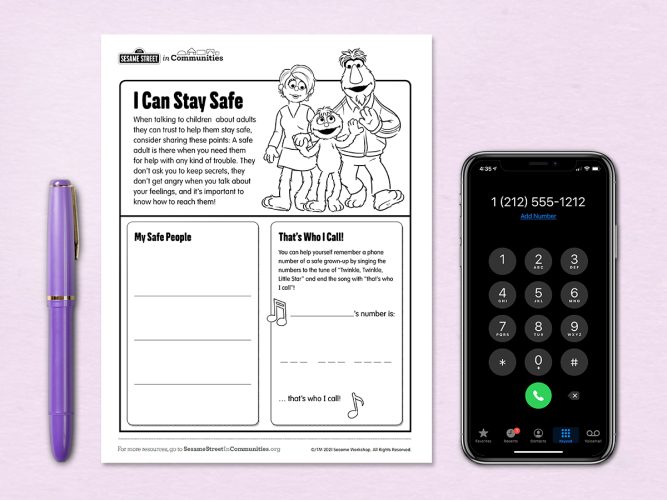
I Can Stay Safe
It’s important for children to know several people they can turn to when something goes wrong.
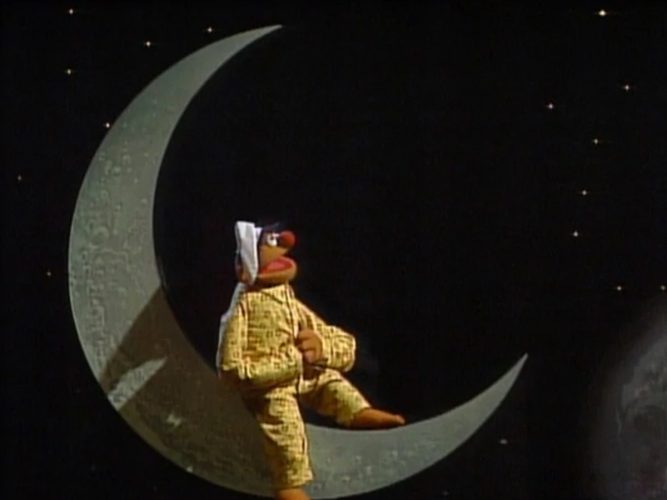
I Don’t Want to Live on the Moon
A song about the power of human connections.
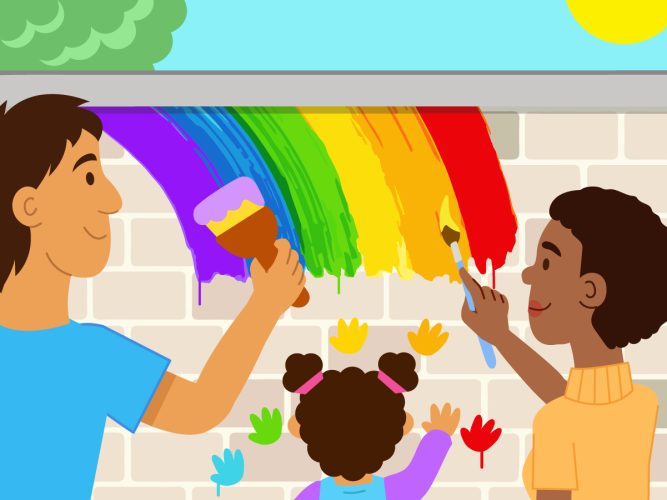
Community Conversation: Community Violence
Many communities are unfortunately impacted by community violence, but there are people and organizations striving to help. You can, too!
